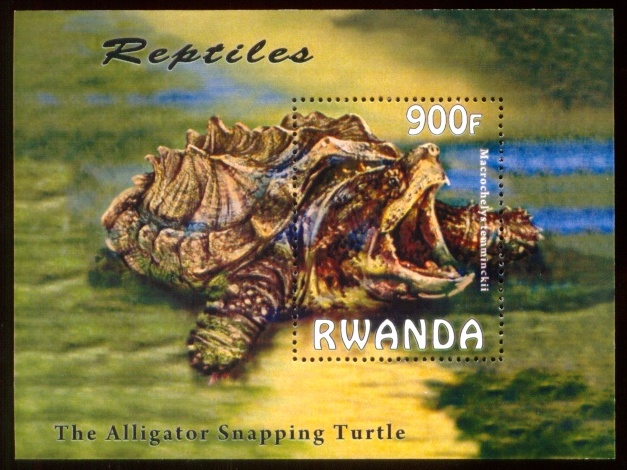A recent far-reaching study of the world’s amphibians and reptiles finds that Florida is hotspot for environmental threats, with one of the highest concentrations of threatened reptiles in the world. More than 200 experts from the International Union for the Conservation of Nature’s Species Survival Commission collaborated to study a random sample of 1,500 of the world’s reptile species. Globally, one in five reptiles is facing extinction. The study also flagged the rapidly deteriorating plight of freshwater turtles, estimating that 50 percent of these animals are at risk of extinction. “People tend to assume that, since reptiles have thick, scaly skins, they’re pretty tough creatures that will do fine as the world changes. But in fact reptiles are quite sensitive to environmental change” said Adkins Giese, reptile-and-amphibian specialist at the Center for Biological Diversity. “This new study confirms that reptiles are facing a global extinction crisis.” The Center is working to gain Endangered Species Act protection for more than a dozen imperiled reptiles found in Florida. In 2011 the group filed the largest-ever Endangered Species Act petition focused solely on protecting U.S. amphibians and reptiles. It also filed a 2010 petition seeking protection for hundreds of aquatic species in the Southeast, including many rare reptile species. These rare Florida reptiles include the Barbour’s map turtle (Graptemys barbouri), eastern ribbon snake (Micrurus lemniscatus), Florida Keys mole skink (Eumeces egregius egregius), Key ringneck snake (Diadophis punctatus acricus) and alligator snapping turtle (Macrochelys temminckii).
The Barbour’s map turtle is found in wide, clear streams with swift currents and snags for basking in the Apalachicola River system of Georgia, Alabama and Florida. This turtle preys mainly on mollusks and insects such as caddisfly larvae; it can only survive in waters clean enough to support its prey base. Barbour’s map turtles are threatened by commercial collection, dredging, pollution and disease.
The eastern ribbon snake (Lower Florida Keys population) is found on only a few of the mainline islands of the Lower Keys in Monroe County, Fla. Its freshwater wetland habitat is extremely limited and threatened by residential and urban development. The ribbon snake is black, with three yellow stripes, and gets its name from its very slender body.
The Florida Keys mole skink is a tiny lizard found only on sandhills and scrub of some of the Florida Keys. It usually occurs near the shoreline, in sandy areas where it burrows into soil. Its populations are declining.
The Key ringneck snake is a six-inch-long, nonvenomous resident of the Florida Keys, including Key West and Big Pine Key. These slate-gray snakes with muted neck rings face an ongoing barrage of unmitigated threats to the seaside limestone outcroppings and rockland areas they call home. Largely due to ongoing residential development, the snakes’ rockland hammock habitat has been reduced by 98 percent, leaving highly fragmented population pockets.
The alligator snapping turtle was once abundant in U.S. river systems draining into the Gulf of Mexico, from the waterways and lakes of the upper Midwest to the swamps and bayous of Florida, Louisiana and Texas. But recent population surveys demonstrate the turtles now face declines of up to 95 percent. These slow-moving, largely sedentary behemoths are easy prey for hunters who still look to feed thriving world markets for the exhibition and consumption of the turtles.
Source: Summit County Voice, February 17, 2013
http://summitcountyvoice.com/2013/02/17/biodiversity-is-florida-a-globa…

- Login om te reageren
